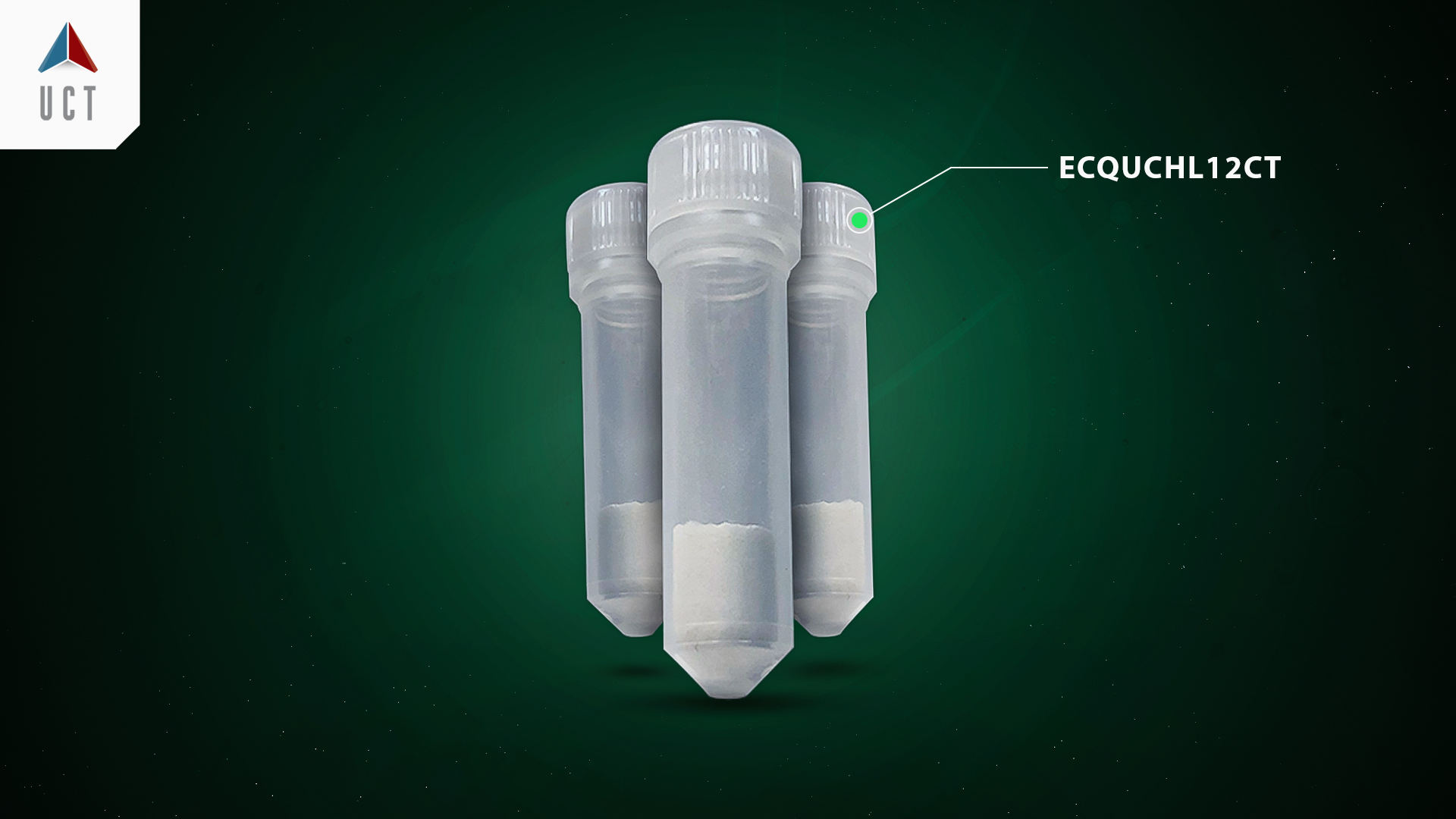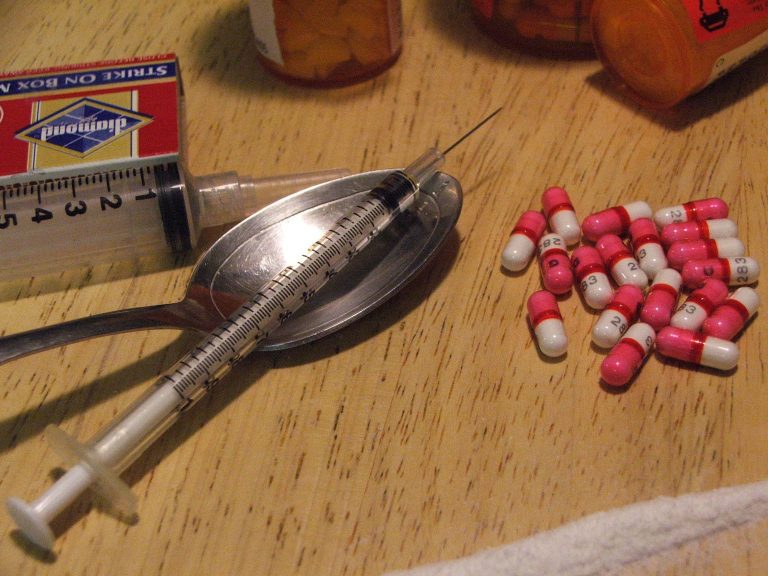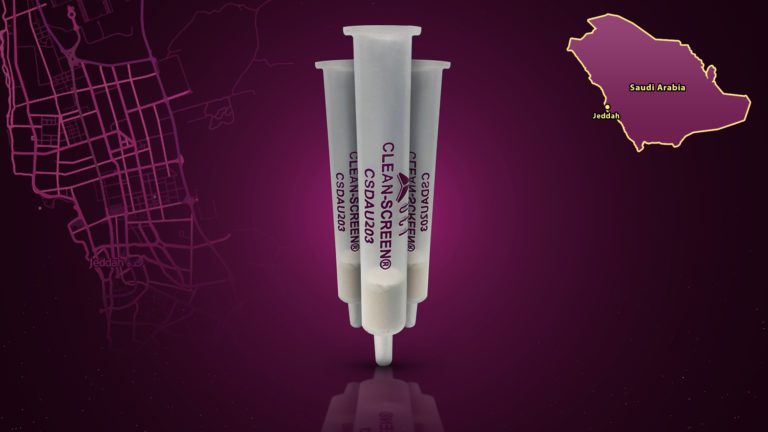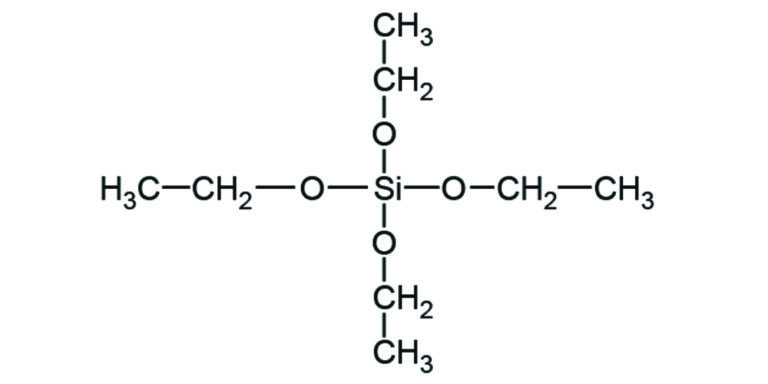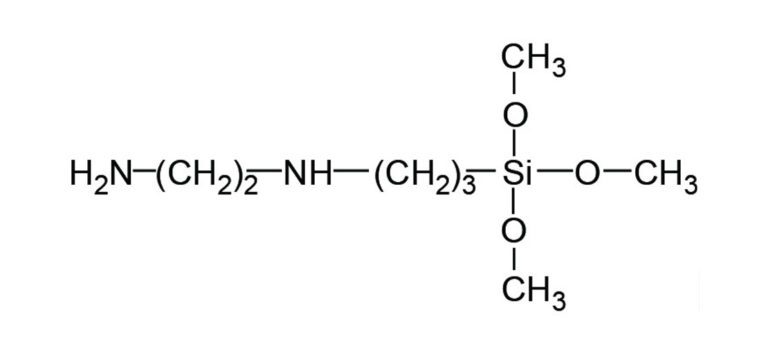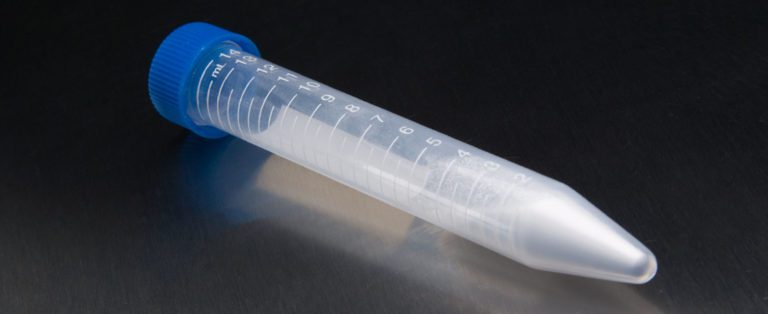Nature Finds A Way: Greening of Potato Tubers Retards Bacteria Growth, or Why Our Parents Peeled the Potatoes
For many of us, we can remember our parents and grandparents peeling potatoes before cooking them. For those of us who like the taste of potato skins, we often wondered why they bothered. Before mass production and grocery stores, people grew their potatoes in a garden or bought them from people who raised them in gardens. In lean times, no one could afford to throw away a potato if it didn’t look right. Also, they knew about green skins. Potatoes left in the sun for too long started to turn green, and the green skin contained glycoalkaloids (GAs), toxic compounds that, at the least, made the skins taste bitter and, at worst, could poison you.
It seems those GAs aren’t that bad. Researchers in Poland and Switzerland have shown that GAs from greened tubers hinder the growth of Dickeya and Pectobacterium (blackleg) in the potato plant that grows from that tuber. The loss of potatoes to blackleg in the European Union is estimated to cost over $50M USD annually.
Initial research focused on how extracted GAs hinders the growth and viability of Dickeya and one Pectobacterium strain in bacterial growth media. Afterward, four years of field experiments focused on the influence of using greened seed tubers inoculated with a Dickeya strain.
The researchers performed a semi-quantitative analysis of GAs in potato leaves by extracting frozen leaves and analyzing them by LCMS.*
- Ground leaves were extracted with 3 mL of a 7:3 methanol: water solution.
- The samples were placed on a shaker for 2 hours and filtered with filter paper.
- The extracts were then passed through 0.2 µm sterilizing filters.
- After sterilizing, the extracts underwent a dSPE cleanup using UCT product ECQUCHL12CT (2 mL centrifuge tube containing 150 mg MgSO4, 50 mg C18 and 50 mg of ChloroFiltr) ChloroFiltr removes chlorophyll A.
- After adding the ECQUCHL12CT, the extracts were vortexed for 30 seconds.
- An aliquot of the cleaned extract was diluted 10X with methanol and analyzed by LCMS.
The primary glycoalkaloids studied were Leptinine I, Solamargine, alpha-Chaconine, and Alpha-solanine. Illustrated below are the molecular structures.
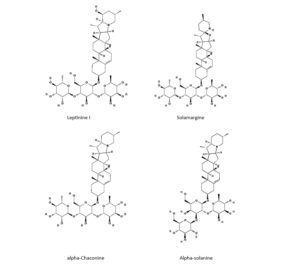

National Center for Biotechnology Information. “PubChem Compound Summary for CID 101699423, Leptinine I” PubChem, https://pubchem.ncbi.nlm.nih.gov/compound/Leptinine-I. Accessed 3 March 2023.
“PubChem Compound Summary for CID 73611, Solamargine” PubChem, https://pubchem.ncbi.nlm.nih.gov/compound/Solamargine. Accessed 3 March 2023.
“PubChem Compound Summary for CID 442971, alpha-Chaconine” PubChem, https://pubchem.ncbi.nlm.nih.gov/compound/alpha-Chaconine. Accessed 3 March 2023.
“PubChem Compound Summary for CID 9549171” PubChem, https://pubchem.ncbi.nlm.nih.gov/compound/9549171. Accessed 3 March 2023.
*Sołtys-Kalina D, Grupa-Urbańska A, Lebecka R, Tallant M, Kellenberger I, Dupuis B. Increase of Glycoalkaloid Content in Potato Tubers by Greening as a Method to Reduce the Spread of Pectobacterium and Dickeya spp. in Seed Production Systems. Microorganisms. 2023; 11(3):605. https://doi.org/10.3390/microorganisms11030605

